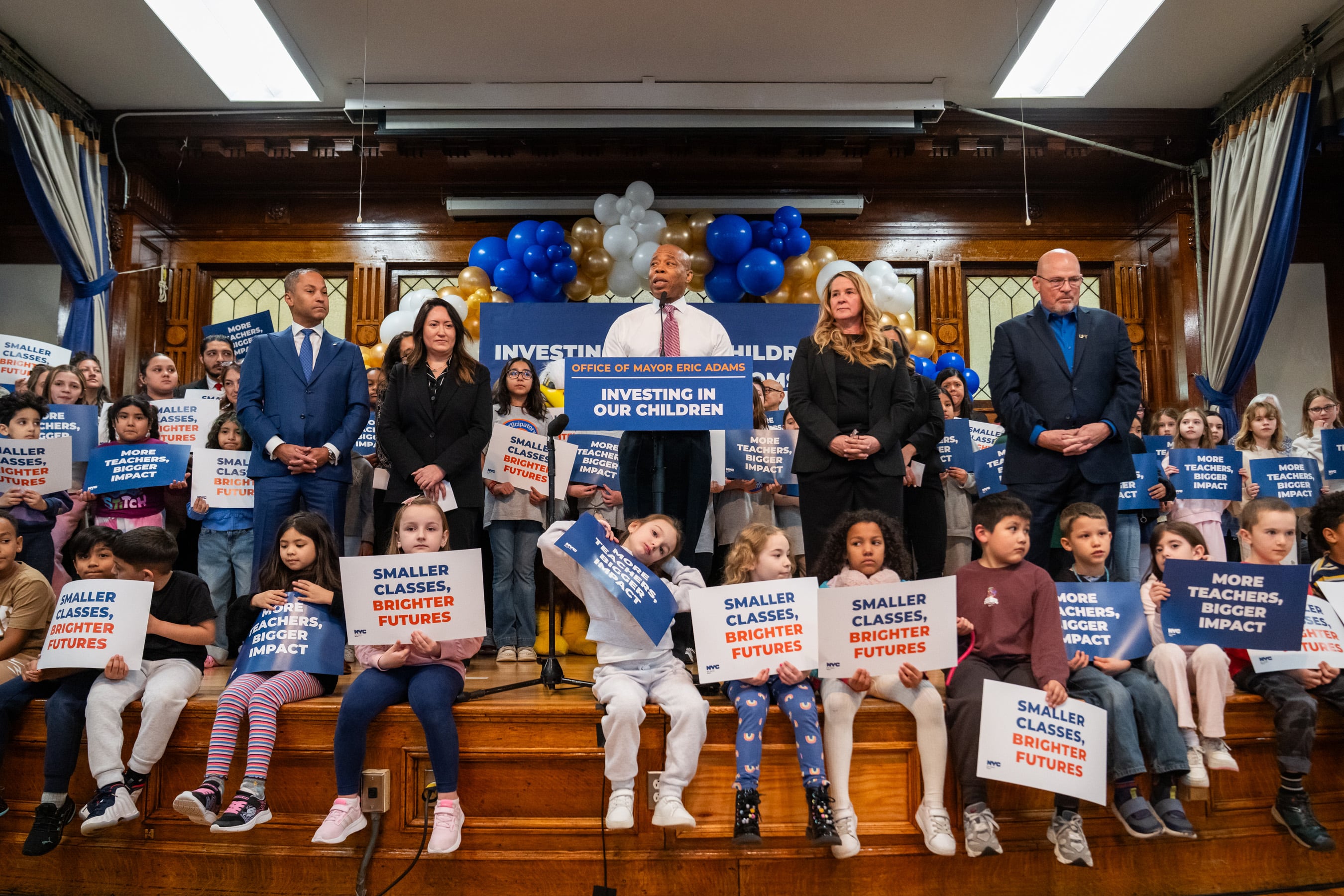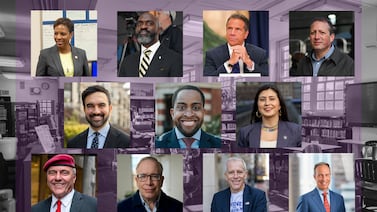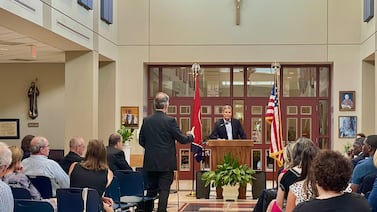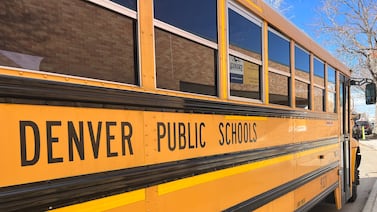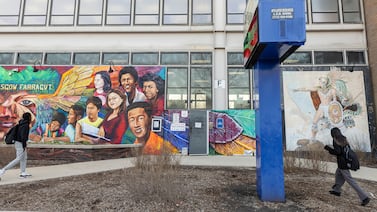Sign up for Chalkbeat New York’s free daily newsletter to get essential news about NYC’s public schools delivered to your inbox.
New York City is giving schools extra funding to hire 3,700 teachers and 100 assistant principals to comply with a major class size reduction mandate, officials announced Wednesday.
The new educators will be distributed across 750 schools that submitted proposals earlier this year to reduce class sizes. About 800 schools submitted applications that were reviewed by the Education Department and unions representing teachers and school administrators.
The move is the most significant effort yet to meet aggressive new class size rules required by a 2022 state law. Most classrooms must be capped at 20 to 25 students depending on the grade level, down from 30 to 34 under current rules.
About 46% of public school classrooms fall within the new state caps, a number that is required to rise to 60% by September.
City officials said they are confident that the new wave of teacher hiring will allow schools to hit that threshold by the deadline. But they did not immediately say how much the additional educators would cost, where the funding is coming from, or which schools would benefit.
Mayor Eric Adams, flanked by the leaders of the principal and teacher unions at Wednesday’s announcement, said smaller classes will give students more opportunity for individual attention, boost learning, and help students regulate their emotions.
“There’s no intellectual conversation we need to have,” the mayor said. “It works, and it has to be done.”
That represents an about-face for Adams, whose administration previously expressed deep reservations about the state class size law, arguing that it amounts to an unfunded mandate that would require billions in additional spending on teacher hiring and school construction. Additionally, experts and the state’s top education official have raised concerns that the city’s highest-poverty schools stand to benefit the least from the additional hiring, as they already tend to have smaller class sizes.
Multiple school principals said they were grateful for the extra money. Staff salaries typically come out of individual school budgets, which are allocated based on how many students enroll and whether they have additional needs, such as a disability, are behind grade level, or come from a low-income family. Money for the new staff comes directly from the Education Department, circumventing the usual funding formula.
Principals fear a cutthroat teacher hiring season
Evan Schwartz, principal of Alfred E. Smith Career and Technical Education High School in the Bronx, recently learned his school will receive extra funding to hire two additional teachers. The news came a day before the school planned to participate in a hiring fair, allowing administrators to recruit four teachers instead of two.
“It’s good they’re getting this out as quickly as possible,” Schwartz said. “It’s very difficult to hire a teacher at the end of the summer.”
Schwartz estimated that at least 90% of his school’s classes will fall under the new caps thanks to the additional two teachers. He also proposed paying staff to teach an extra class on top of their regular schedules, though the Education Department has yet to approve funding requests for such measures.
Other principals said they were glad to have the extra staff but worried about finding qualified educators. City officials estimate that they will have to hire between 7,000 and 9,000 teachers by this fall, up from roughly 5,000 in a typical year.
“It’s going to be a battle,” said one high school principal whose request for additional teachers was approved and spoke on condition of anonymity. “I still don’t think there’s this core of great candidates out there who haven’t been hired yet.”
Studies have found that students generally learn more in smaller class sizes and that children from low-income families may benefit the most. But some of those benefits are tempered by a decline in teacher quality when schools are forced to hire new staff.
Experts have warned of other tradeoffs associated with the hiring frenzy.
Since affluent schools are more likely to have crowded classrooms, they will likely need more teachers, and a significant chunk of those educators may come from higher-poverty campuses. That could exacerbate existing challenges with turnover, one report found.
Questions remain on meeting full mandate by 2028
City officials have also yet to reveal plans to comply with the class size law beyond this September, when 60% of classrooms are required to meet the new caps. All classrooms must meet the new limits by September 2028.
In some cases, officials said schools won funding to convert other space into classrooms. But hundreds of school buildings don’t have the space to comply with the new caps, and officials may be forced to issue exemptions from the law.
The city could also cap enrollment on some popular campuses, a move favored by some class size advocates but which also faces resistance from parents vying for coveted school seats. (Some principals requested enrollment caps as part of their class size proposals but were denied.)
Another idea is to ramp up school construction to create new buildings for overcrowded schools, but those efforts are costly and typically take years. Plus, the School Construction Authority predicts that school enrollment is going to decline substantially over the next decade.
Some advocates praised the new funding but criticized the city for not yet revealing a broader plan to reach full compliance.
“The [Education Department] has refused to take positive steps to ensure that they will have more space in the future,” said Leonie Haimson, the executive director of Class Size Matters. “This means it is extremely unlikely that the city will meet the requirement of 80% -100% of classes achieving the caps in the last two years of the phase-in, as required by law.”
Alex Zimmerman is a reporter for Chalkbeat New York, covering NYC public schools. Contact Alex at azimmerman@chalkbeat.org.

